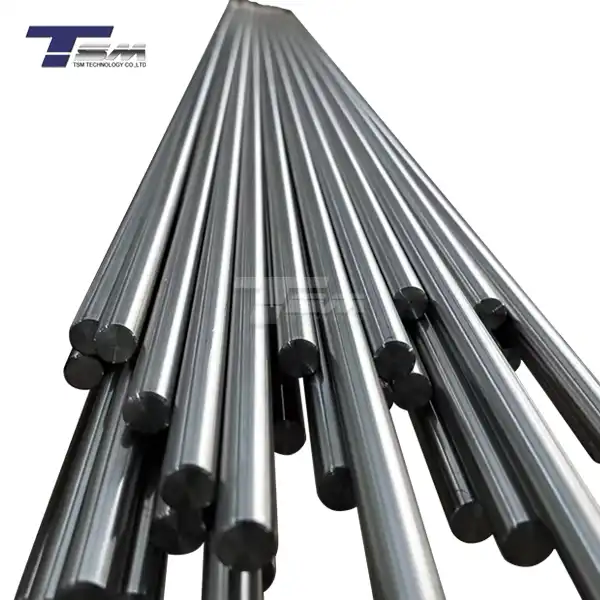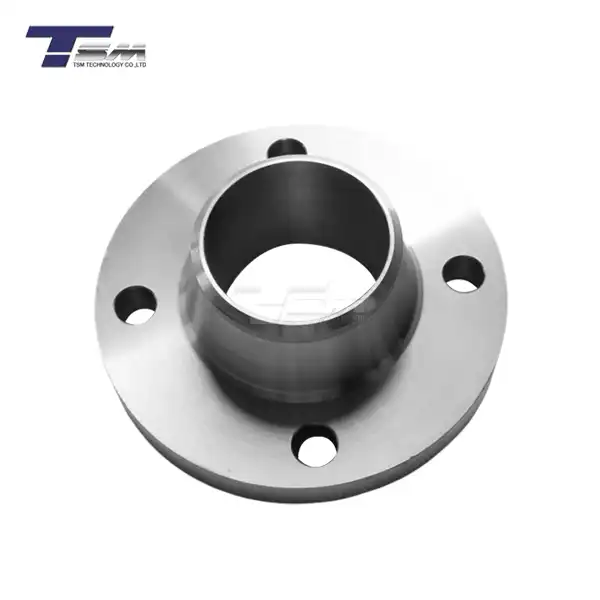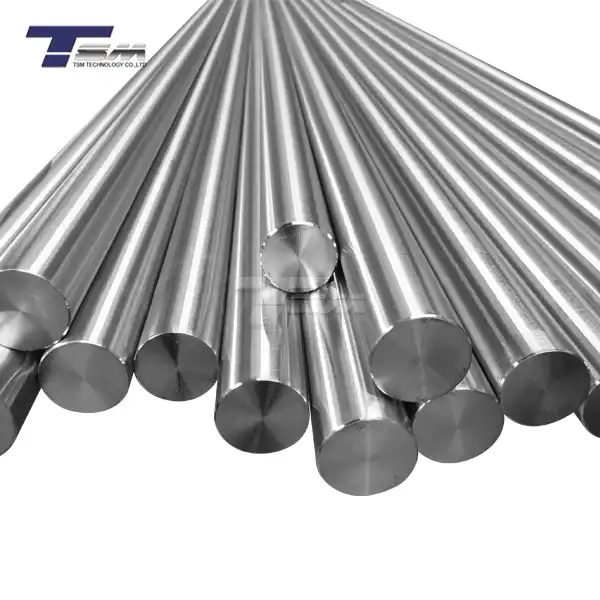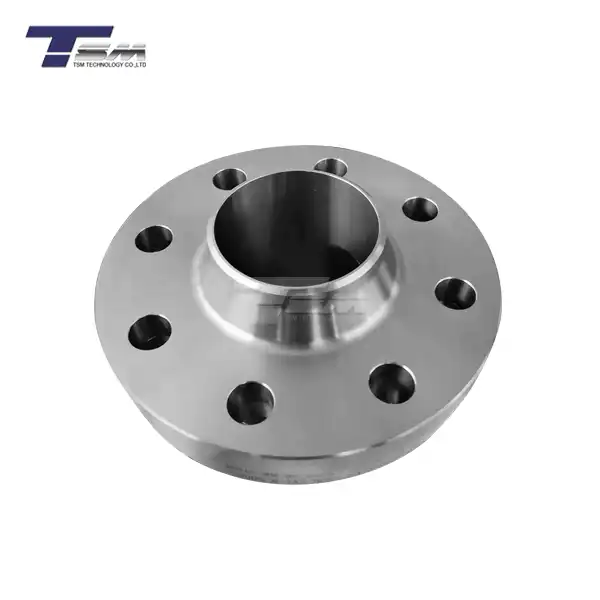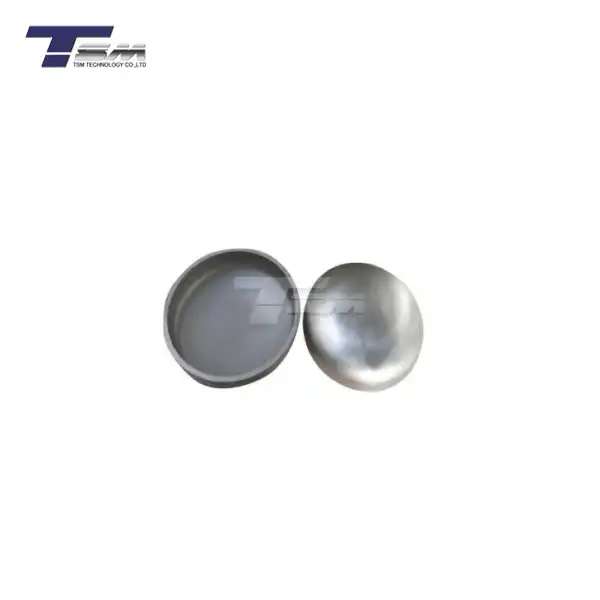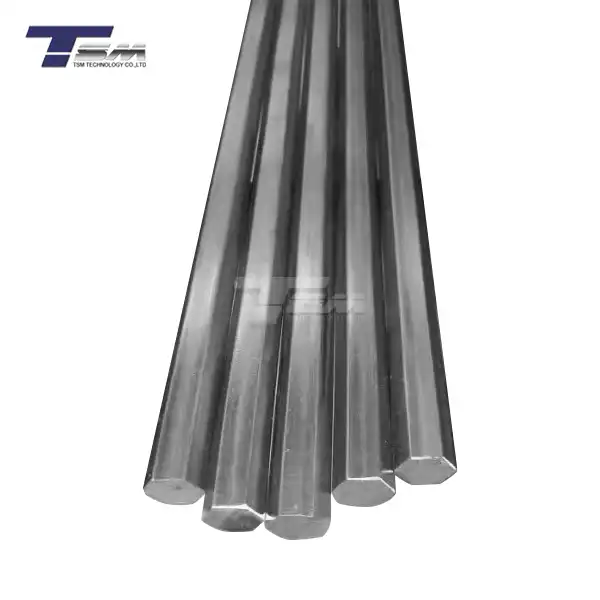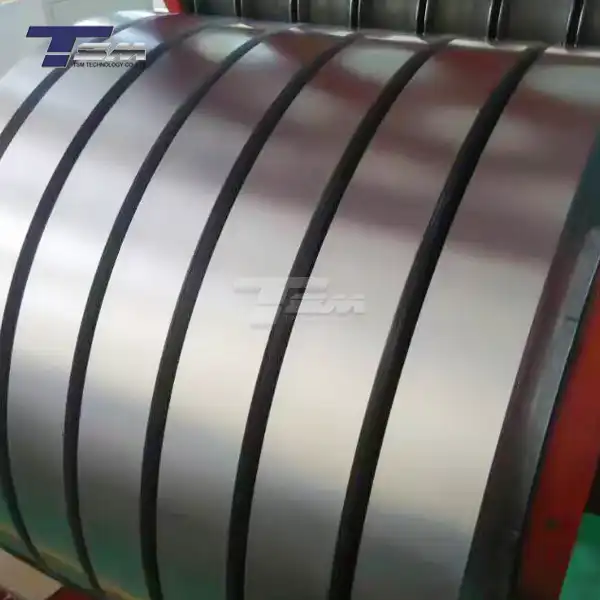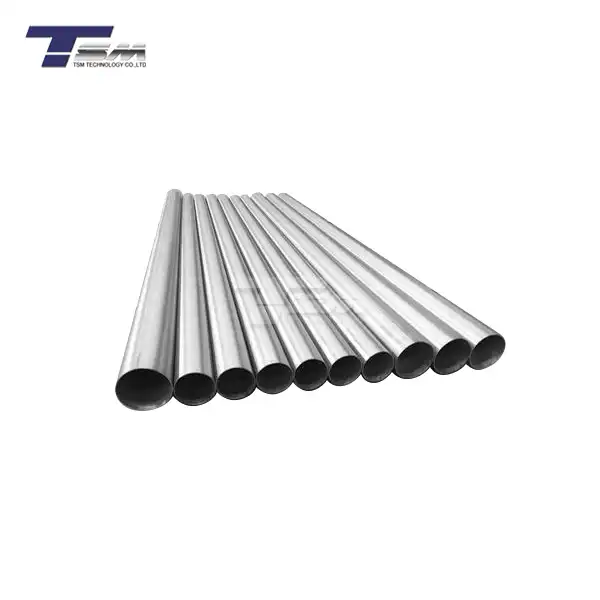
How to Machine Titanium Bars Efficiently
2025-06-30
Titanium bars are widely used in aerospace, medical, and high-performance industrial applications due to their excellent strength-to-weight ratio and corrosion resistance. However, machining titanium is often seen as a challenge due to its low thermal conductivity, high chemical reactivity, and work-hardening tendency. This guide explores how to machine titanium bars efficiently, focusing on cutting speeds, tool selection, and coolant usage to optimize performance and extend tool life.
Why Is Titanium Difficult to Machine?
Before jumping into best practices, it's crucial to understand the machining behavior of titanium:
- Low thermal conductivity: Titanium retains heat at the cutting edge, leading to faster tool wear.
- High strength at elevated temperatures: Increases cutting resistance during prolonged operations.
- Work hardening: Titanium strengthens under mechanical stress, making subsequent cuts more difficult.
- Chemical reactivity: Tends to weld with tool materials, especially under high temperatures.
These factors demand careful process planning and specific tooling strategies.
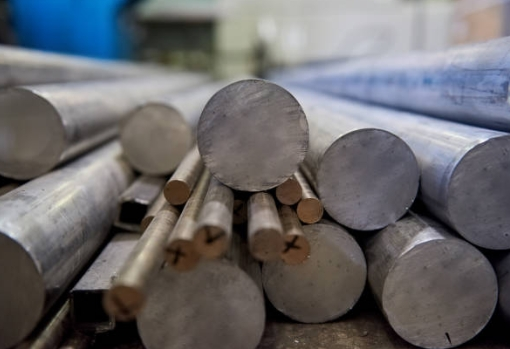
Choose the Right Cutting Speed and Feed Rate
Optimal Cutting Speeds for Titanium Bars:
| Tool Material | Cutting Speed (m/min) | Application Notes |
|---|---|---|
| Carbide | 30–70 m/min | Most common, general-purpose use |
| Coated Carbide (AlTiN, TiAlN) | 60–90 m/min | Improves heat resistance and tool life |
| CBN/PVD Tools | Up to 100 m/min (finishing) | Limited to fine finishing due to brittleness |
Pro Tip: Lower speeds are safer for roughing. Higher speeds can be used for finishing if cooling is optimized.
Feed Rates:
Use moderate to high feed rates (0.1–0.3 mm/rev) to reduce heat accumulation.
Avoid rubbing or low feed conditions that can lead to rapid wear.
Select the Right Tooling
Recommended Tool Materials:
- Micrograin carbide tools: Best balance of toughness and heat resistance.
- Coated tools (AlTiN, TiAlN, TiCN): Withstand higher temperatures and reduce built-up edge.
- Sharp geometries: Positive rake angles and honed edges reduce cutting forces.
Tool Design Tips:
Short overhang: Reduces chatter and deflection.
High flute helix angle: Improves chip evacuation and surface finish.
Corner radii or chamfers: Reduce tool tip breakage.
Use Flood Coolant or High-Pressure Coolant (HPC)
Effective cooling is critical for titanium:
- Flood coolant (minimum 10 liters/min): Keeps temperatures down and flushes chips.
- High-pressure coolant (70–150 bar): Particularly effective in deep-hole drilling or slot milling.
- Use water-soluble cutting fluids with high lubricity to reduce chemical reactivity.
- Avoid dry machining unless using specialized tools and coatings with limited engagement.
Chip Control and Machining Strategy
Poor chip evacuation can damage both the tool and the workpiece. Use:
- Peck drilling to break long chips in deep hole machining.
- Climb milling rather than conventional milling to reduce tool pressure.
- Interrupted cuts should be avoided if possible, as they increase thermal shock.
Monitor Tool Wear and Use Adaptive Strategies
Watch for signs of flank wear and notch wear.
Implement toolpath optimization software to adjust feeds and speeds dynamically.
Consider tool life monitoring systems if working in automated setups.
Conclusion
Machining titanium bars efficiently requires a balanced approach that considers cutting conditions, tooling, cooling, and chip evacuation. With proper strategies, you can improve productivity, extend tool life, and achieve superior surface finishes in titanium machining.
References
Sandvik Coromant – Machining Titanium Alloys
Kennametal – Titanium Machining Guidelines (Technical Handbook)
Mitsubishi Materials – Machining Titanium (Tool Selection Guide)
Ezugwu, E.O. (2005). "Key improvements in the machining of difficult-to-cut aerospace materials". International Journal of Machine Tools and Manufacture.
ASM International – Titanium and Titanium Alloys: Fundamentals and Applications.







